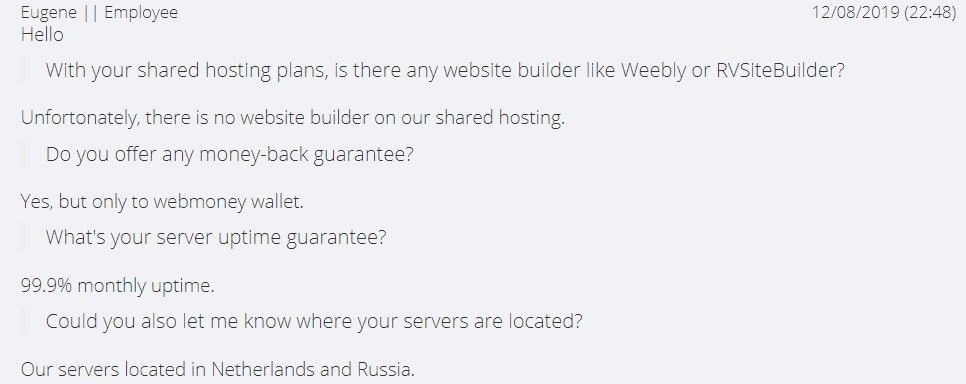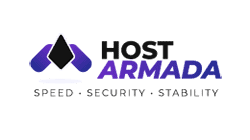The above benefits of Shneider Host are in its words, not mine. So, now let me tell you what I think about this host.
It’s a young Moscow-based company that has grown rapidly — by hosting 10,000 sites and registering more than 3,000 domains — since its founding five years ago.
Shneider Host’s Russian-language website sells free and paid hosting, virtual servers, dedicated servers, and domain registration services.
Features and Ease of Use
Shneider Host offers six shared hosting plans, five OpenVZ VPS plans, four VPS with dedicated drives, and nine dedicated servers. The four shared hosting plans provide you with:
- 1 to 100 hosted websites
- cPanel/ISPmanager 5 control panel
- 500 MB to 50 GB SSD disk space
- Unlimited traffic
- Free Let’s Encrypt SSL certificate
- Unlimited mailboxes and MySQL databases
- PHP version selector (5.x and 7.x)
- Automatic backups
The hosting plans come with CMS support. The Softaculous auto-installer helps you install popular content management and other applications with a single click: WordPress, Joomla, Bitrix, Drupal, and more.
CloudLinux OS with CageFS isolates you from any adverse effects of other hosted users, and you get a (merely industry-average) 99.9% uptime guarantee.
You can access your server securely and remotely via SSH. Other security features include ClamAV (antivirus), suPHP (to run PHP scripts with owner permissions), cPHulk (to guard against brute force attacks), CSF Firewall (to block unwanted traffic), and LFD (the login failure daemon).
Pricing and Support
Shneider Host’s shared hosting plans are dirt-cheap. You can pay in Russian rubles or U.S. dollars, via many different methods, on several billing cycles from monthly to triennial. Depending on the plan you pick and the term you choose, you could get a free domain.
Shared hosting plans, including the pro plans, come with a seven-day test period so that you can try before you buy. There is also a 30-day money-back guarantee, but this may be limited to refunding only to a WebMoney wallet as indicated here:

I received your support ticket reply within eleven minutes, which pleased me. If you’d like to get in touch with the company through alternative channels, you can use email, live chat, or Skype. In case you’re inclined to troubleshoot on your own, you’ll discover a range of helpful frequently asked questions and self-support resources available.










